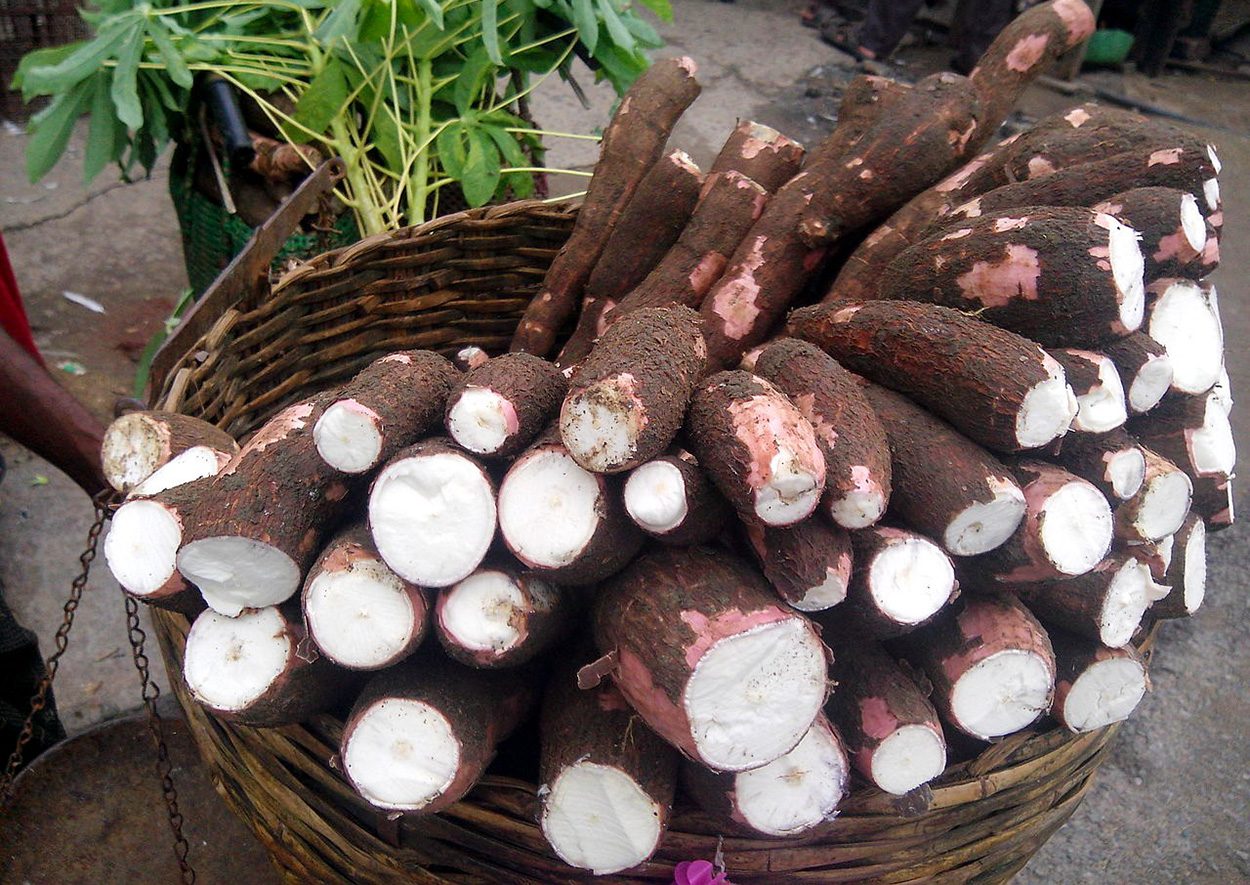It is widely believed that climate played a major role in the decline of Maya culture. The increasing drought caused crop failures and food shortages. But as a study has now revealed, the Mayan crop group also included some types of plants that could still grow even in dry conditions, including the nutritious cassava root. This indicates that the Maya could still fend for themselves during droughts.
For centuries, the Maya ruled large parts of Central America. The remains of massive temple pyramids in the rainforests of Mexico and Guatemala still testify to its power. The ruins of Maya sites also reveal that this culture actually had an amazingly sophisticated and sophisticated system of hydraulic engineering. They used it to compensate for the uneven rainfall and the lack of subsoil for water storage in their area.
What is the reason for the decline?
However, the question of why this once thriving culture declined remains controversial to this day. Towards the end of the 9th century, most Mayan cities began depopulating and were eventually abandoned. A great civilization once collapsed. In addition to internal conflicts, the possible causes for this are primarily environmental factors. For example, some scholars argue that rapid population growth in Mayan cities led to increased deforestation and overexploitation of land, which in turn affected the cultivation of food crops.
Another factor is the climate: there are now many indications of climate change and an increase in droughts in Central America at the time of the Mayan decline. According to current hypotheses, this led to crop failures and increased hunger. “However, one must first determine whether the meteorological drought has also resulted in an agricultural drought severe enough to affect food production and lead to shortages,” confirm Scott Fidek and Luis Santiago of the University of California, Riverside.
Not all Mayan crops were sensitive
This is closely related to the question of which crops the Mayans grew and how wide the range of plants they used as food. It is clear that maize was of great importance as a staple food for the Maya. However, historical sources and traditions of Maya descendants still alive today indicate that people in this area also switched to other plants: “Ethnographic studies of the plants used by the Maya today in times of drought or lack of food show that many of Fidek and Santiago explain that many For their study, researchers examined which of the 497 plants used by the Maya still grew during drought and how nutritious they were.
It turns out that while corn and beans don’t survive a short period of drought, the Maya would have had more than 400 other plants in such a state. These include nutritious plants such as avocado, sweet potato, cassava, amaranth, some nuts and fruits. If the drought lasted longer and, for example, there was very little rain throughout the year, then there would still be 108 species of plants that could not be affected by this drought. “Compared to a year of normal rain, this represents a 69 percent reduction in the parts of edible plants, and a 78 percent reduction in available species,” the scientists said.
Manioc and Co. as food for drought
However, Santiago says, “Even in the most extreme droughts — a condition we have no evidence of in the Maya period — there are still 59 plant species preserved for the Maya.” This species will survive even in severe drought for several years. Among the plant foods still available there are hearts of palm and aloe vera, but also 29 different roots and tubers. “Among the root plants with high drought resistance, cassava stands out,” say the researchers. Because its roots have a high calorie density, it is known that the Mayans also intensively cultivated this species.
According to Fidek and Santiago, the frequent droughts may have affected Maya agriculture. But this may not have been the reason why people were so hungry at the time. “So an oversimplified explanation that the drought led to a complete collapse of agriculture is probably wrong,” Vidik says. “Because our analysis indicates that the Maya had a large variety of alternative food crops available even in times of drought.” This does not exclude the fact that droughts of several years have led to supply bottlenecks from the densely populated Mayan civilizations. However, one must be careful not to automatically infer famine from weather droughts.
Coyle: University of California Riverside; Fachartikel: Proceedings of the National Academy of Sciences, doi: 10.1073/pnas.2115657118)

“Alcohol buff. Troublemaker. Introvert. Student. Social media lover. Web ninja. Bacon fan. Reader.”





More Stories
Huge radiation explosion from a magnetar – forschung.de
Principles and features of the folk nutritional principle
Science: The percentage of women in mint topics rises to a third